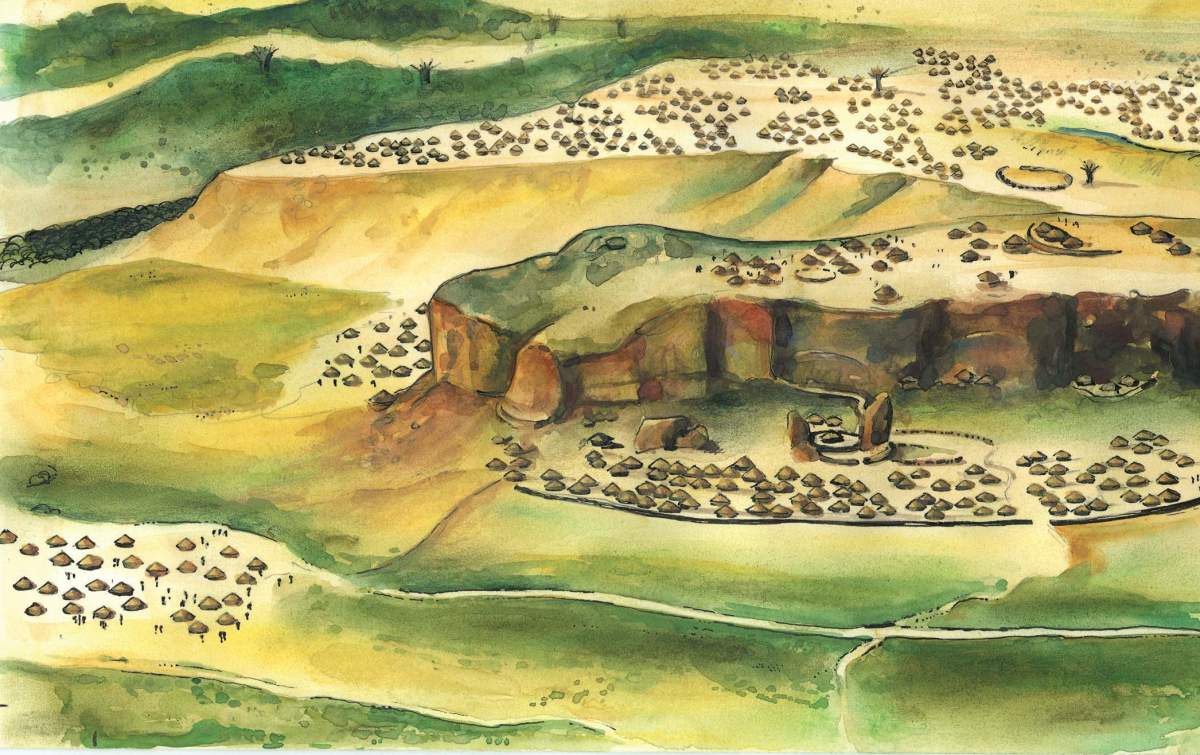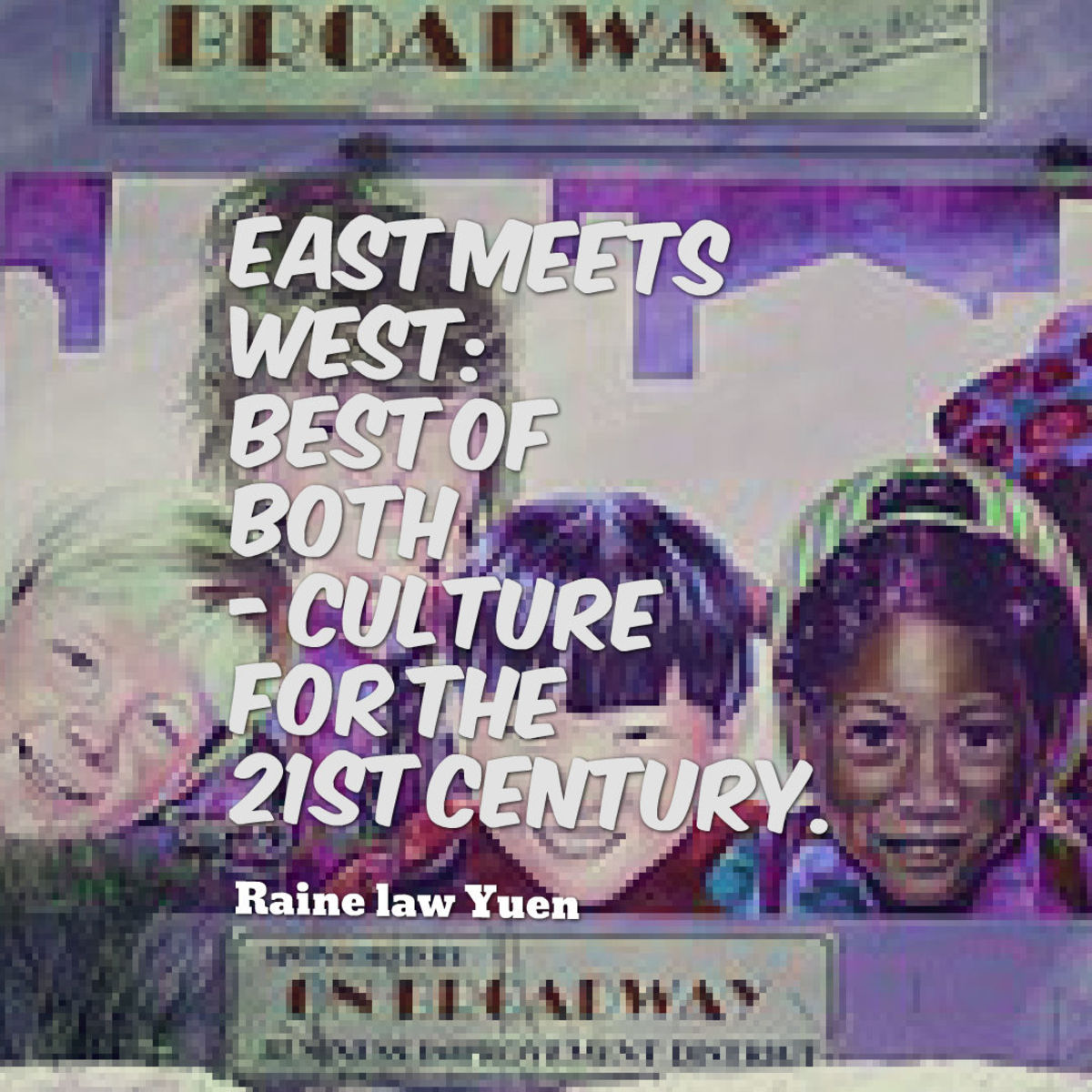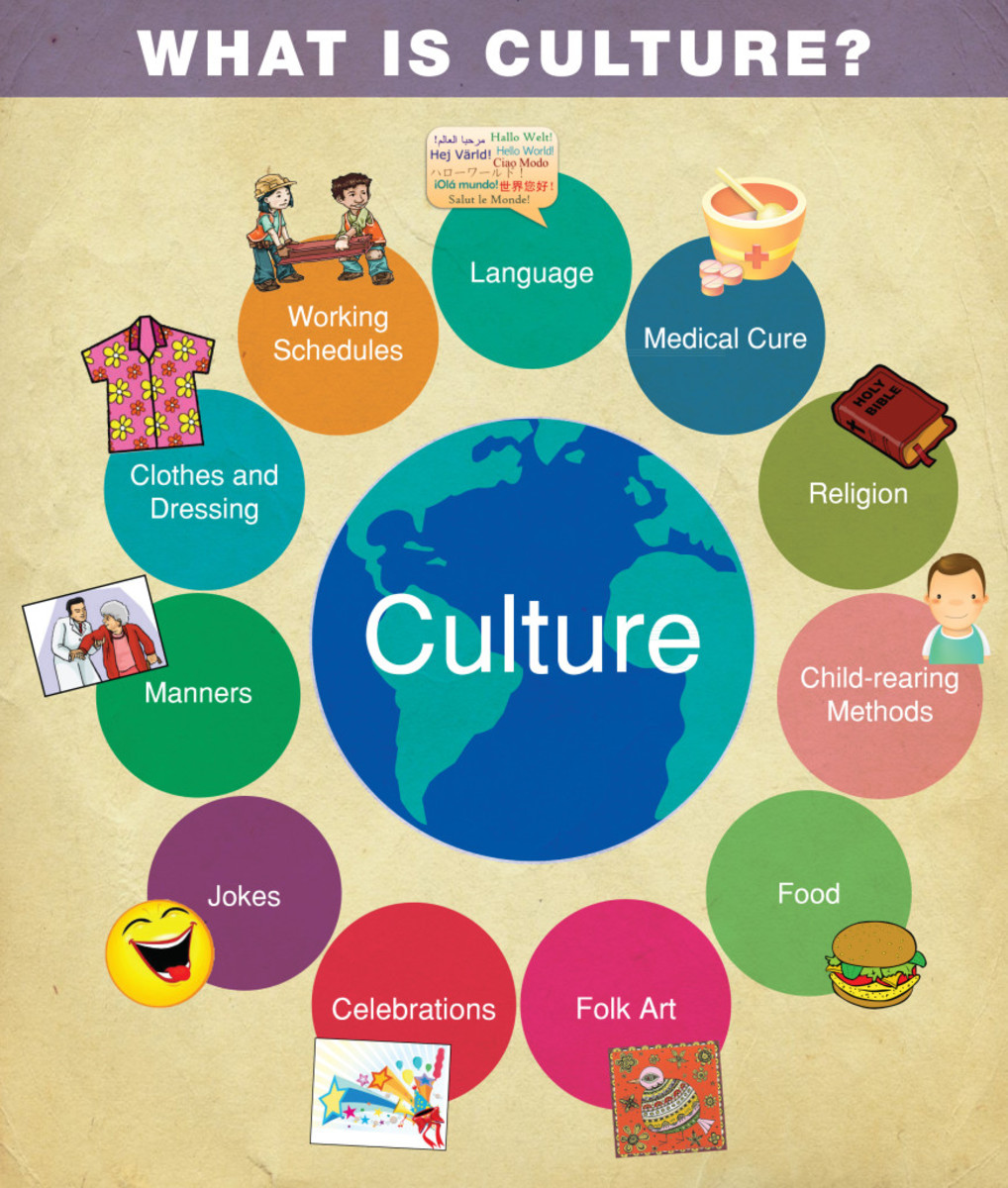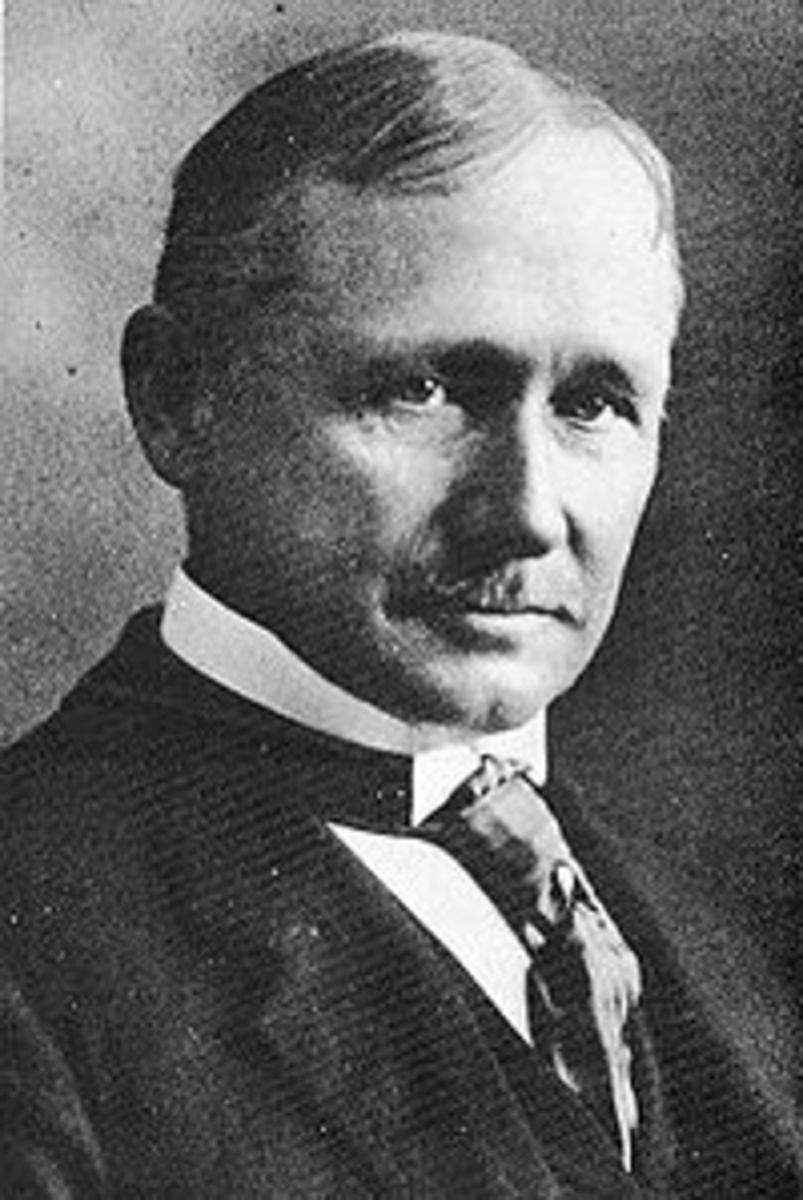Cognitive Anthropology
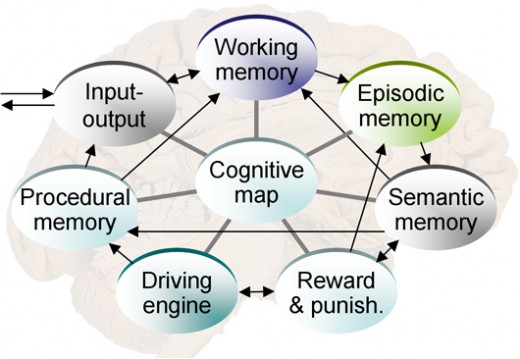
Cognitive Anthropology
The theoretical school of cognitive anthropology examines how people perceive the world around them. The sort of mental process described as cognitive are largely influenced by research which has successfully used in this paradigm.
What is Cognition?
Cognition is the scientific term for “the process of thought”. Usage of the term varies in different disciplines; e.g psychology and cognitive sciences. It usually refers to an information processing view of an individual’s psychological function. Other interpretation of the meaning of cognition links it to the development of concept; individual minds, groups and organizations.
Cognition as a social process
It has been observed since antiquity that language acquisition in human child fails to emerge unless the children are exposed to the language. Thus, language acquisition is an example of an emergent behavior. In this case, the individual is made up of a set of mechanisms “expecting” such input from the social world.
In education, for instance, this has the explicit task in society of developing child cognition; choices are made regarding the environment and permitted the action that lead to a formed experience.
What is cognitive anthropology?
"Cognitive anthropology investigates cultural knowledge, knowledge which is embedded in words, stories, and in artifacts, and which is learned from and shared with other humans" (D'Andrade 1995:xiv).
Cognitive anthropology is an idealist approach to studying the human condition. The field of cognitive anthropology focuses on the study of the relation between human culture and human thought. In contrast with some earlier anthropological approaches to culture, cultures are not regarded as material phenomena, but rather cognitive organizations of material phenomena (Tyler 1969:3).
The Cognitive Anthropologists believe that the world itself is chaotic and humans understand it through classification. In other words, we put in order the world by noticing some phenomena and ignoring others or by grouping some aspects together and excluding others. Cognitive Anthropologists argue that each culture has its own system of classification. People perceive and organize phenomena, such as material, events, behaviors and emotions. For example, although the Americans distinguish between dew, fog, ice and snow, the Koyas of India do not. They call all these forms mancu and do not think the differences among them are significant. On the other hand, the Koyas distinguish seven different kinds of bamboo by giving them different names while the Americans call all of them simply bamboo. This example shows that people in different cultures may perceive the same phenomenon differently because of their own cultural system.
Cognitive anthropologists study how people understand and organize the material objects, events, and experiences that make up their world as the people they study perceive it. It is an approach that stresses how people make sense of reality according to their own indigenous cognitive categories, not those of the anthropologist. Cognitive anthropology posits that each culture orders events, material life and ideas, to its own criteria. The fundamental aim of cognitive anthropology is to reliably represent the logical systems of thought of other people according to criteria, which can be discovered and replicated through analysis.
Background:
Cognitive anthropology is a recent sub-field, but interest in mind, culture, and society are well established across the social sciences. In 1950s cognitive anthropology came to be regarded as distinct theoretical and methodological approach with in anthropology. However, its intellectual roots can be traced back much further. Sperber claims that the premises of both anthropology and psychology are aligned with Lock’ s empiricism and against Kent’ s rationalism and both psychology and anthropology believe that mental capacities are indefinitely malleable and receptive , and that the structure of knowledge is created by experience and the environment. Kantian rationalism holds that human cognitive capacities already have categories and principals that structure human Knowledge and limit variability, what is the relationship between language and thought? How do language and other cultural semiotic systems influence the way humans think? How is knowledge organized in the mind, and what is the role of language in constraining this organization.
Cognitive anthropology arose as a specific approach to these questions, with well-defined aims and a methodology that focused on exploring systems of concepts through their linguistic labels and comparing them across languages in different cultural settings in order to find their underlying principles of organization. Cognitive anthropology originated in the movement within American anthropology, beginning in the 1950s, to revise both the notion of "culture" anthropologists work with and the methods of ethnography. The earliest practitioners of anthropology were also interested in the relationship between the human mind and society.
One concept that is central to cultural anthropology, and particularly to cognitive anthropology, is the psychic unity of mankind. This concept was developed by the German Adolf Bastian in the closing years of the nineteenth century. After observing similarities in customs throughout the world, Bastian concluded that all humans must have the same basic psychic or mental processes, and that this unity produced similar responses to similar stimuli (Garbarino 1983:32).
Cognitive studies in modern anthropology can be traced back to Franz Boas (Colby 1996:210). Boas, who first turned to anthropology during his research on the Eskimo and their perception of the color of ice and water, realized that different peoples had different conceptions of the world around them. He was so affected that he began to focus his life’s work on understanding the relation between the human mind and the environment (Shore 1996:19). This aspect of his work is best expressed in his essay "Psychological Problems in Anthropology" (1910), and culminates in his volume The Mind of Primitive Man (1911).
Anthropologist involved in culture & personality studies including Benedict, Mead, and Linton can be claimed as ancestors of cognitive anthropology, along with earlier linguistics anthropologists and particularly the work of Saussure,jakobson,Trubetzkoy, and later Chomsky and Bloomfield all exerted direct influence on the earliest cognitive anthropologists.
In many ways, cognitive anthropology was a reaction against the traditional methods of ethnology practiced prior to the late 1950s, much of it the result of the influence of fieldwork pioneers and master teachers, Malinowski and Boas. As more and more scholars entered the field, it was found that the ethnographies of places revisited did not always match the ethnographies of a previous generation. More than just basic temporal change seemed to be involved. These conflicting ethnographic accounts raised the question of validity: to what extent could any ethnography be trusted?
An important stimulus for this controversy was the Redfield-Lewis debate. Redfield had worked in the Mexican village of Tepoztlan in the early days of anthropology, publishing a monograph on the people in 1930. Years later, Lewis and a team of ethnographers revisited the site, publishing a monograph in 1951. The two works diverged on a number of points, more than could be accounted for by the passage of time. Ethnographic validity became a central issue in cultural anthropology (Colby 1996:210). The problem of validity was first tackled through the use of linguistics. The discovery of the phoneme, the smallest unit of a meaningful sound, gave anthropologists the opportunity to understand and record cultures in the native language. This was thought to be a way of getting around the analyst's imposition of his own cultural bias on a society (Colby 1996:211). This led to an approach known as ethno science. The methodology of ethnoscience attempted to remove the ethnographer’s categories from the research process. Methods were developed that relied on linguistic techniques based in the indigenous language and if employed successfully could produce taxonomies or models free of the ethnographer’s bias.
During the 1960s and 1970s a theoretical adjustment and methodological shift occurred within cognitive anthropology. Linguistic analyses continued to provide methods for understanding and accessing the cognitive categories of indigenous people. However, the focus was no longer restricted to items and relationships within indigenous categories but stressed analyzing categories in terms of mental processes.
Early cognitive anthropological approaches to culture exhibit the influence of linguistics both in theory and in methods. Goodenough, Frake, and Conklin each contributed to the foundations upon which present-day cognitive anthropology rests.

